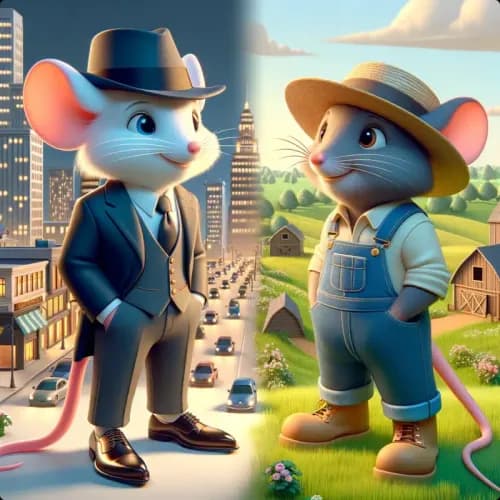Aesop | Greece
El Zorro y El Cuervo
Un astuto zorro engaña a un cuervo orgulloso con halagos, haciendo que suelte su queso, para que el zorro se lo robe.

Había una vez, en un gran bosque vivían un zorro y un cuervo. Un día, el cuervo encontró un delicioso pedazo de queso y voló hasta la cima de un árbol para comérselo.
El zorro, que pasaba por allí, vio el queso en el pico del cuervo y lo quiso para él. Así que ideó un plan para engañar al cuervo y conseguir el queso.
Se acercó al árbol y comenzó a halagar al cuervo. "Querido cuervo, ¡eres tan bonito! ¡Y cómo brillan tus plumas! Nunca antes había visto un pájaro tan hermoso," dijo el zorro.
El cuervo, muy contento y orgulloso de las amables palabras, quería escuchar más elogios. Entonces, el zorro dijo: "Estoy seguro de que también tienes una voz encantadora. ¿Podrías cantar una canción para mí?"
El cuervo, lleno de orgullo y deseoso de mostrar su voz, abrió el pico para cantar. Pero al hacerlo, el queso cayó al suelo, y el zorro rápidamente lo tomó.
El zorro se comió el queso muy rápido y se fue caminando. El cuervo se quedó solo, pensando en su error.
















